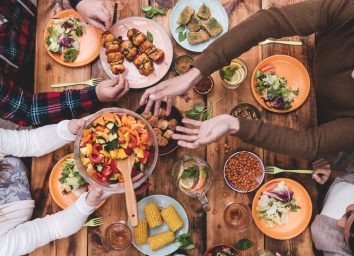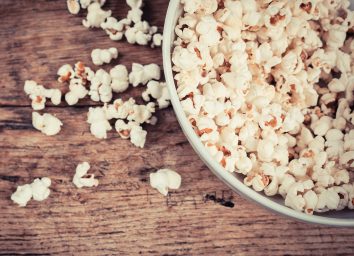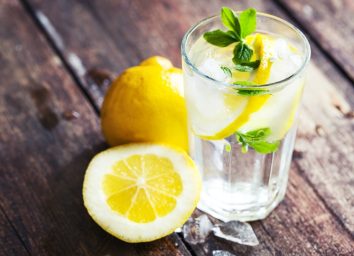21 Most Popular Diets, Judged by the Experts

Can you really lose weight by eating baby food, tacos, or cabbage soup? If a diet plan sounds too good to be true—it probably is! And if it sounds unhealthy—it probably is! And if it sounds insanely restrictive and nearly impossible to stick to—guess what? It probably is! While there are benefits to some, many will leave you disappointed or in a worse state than you started. Remember: Your diet should read like a sustainable pattern of healthy eating, not a shortcut to drastic weight loss.
To help you weed through the dietary landscape of both weird fads and famous plans, we enlisted the help of nutrition experts and asked them to give us their studied opinions on several popular diets. They rated each diet on a scale from 1 to 5 based on effectiveness, long-term sustainability, and overall benefit to your health. We’ve listed them in order, starting with diets that don’t work to ones that work best. Take a peek and decide which diet trends are worth following this year.
If all else fails, we suggest stocking up on these 40 Best Fat-Burning Foods during your next grocery run—no special diet required! Sign up for our newsletter to get the latest food and diet news delivered straight to your inbox.
Cabbage Soup Diet
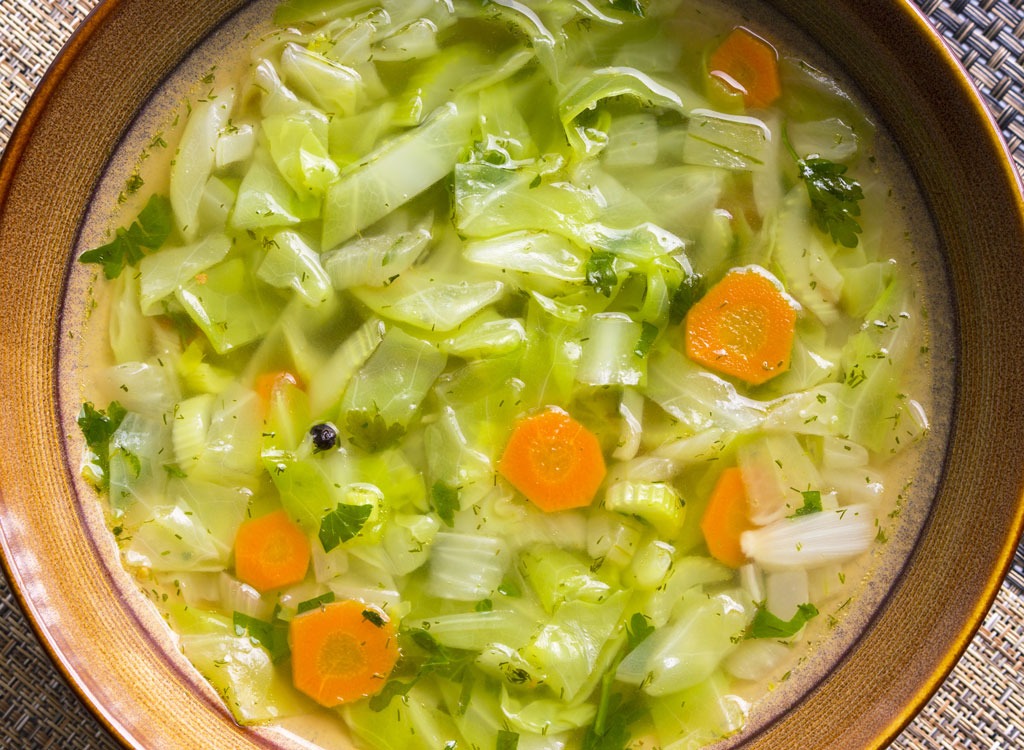
This diet mostly consists of a fat-free cabbage soup, which is eaten two or three times a day, along with a short list of other foods assigned to specific days (fruit except bananas one day, non-starchy vegetables the next, and beef and vegetables after that, for example). Learn more specifics about it here.
Bottom Line: “While the soup is easy to make and includes various vegetables, it’s a radical diet that’s deficient in protein,” says Maria A. Bella, MS, RD, CDN. “On the plus side, it does add vegetables to the diet. I would encourage the soup in addition to regular, balanced meals.”
Scorecard: 1
Master Cleanse

This is a liquid-only diet that consists of drinking nothing except for a concoction that blends lemon juice, cayenne pepper, and maple syrup.
Bottom Line: “You will lose weight on this diet but it will be water weight, lean muscle tissue, and possibly bone, too,” says Whiteson. “You will regain it immediately once you start eating a regular diet again. It’s not a long-term solution to losing weight and keeping it off. Also, there is no proof that it actually detoxifies your body; that’s what your liver does!”
Scorecard: 1
Golo Diet

Golo is a diet based on getting insulin levels normal meaning it purports to help you lose weight on a non-crash balanced diet by eating low carb foods that don’t raise your insulin level. This diet requires you to purchase the Golo diet supplements.
Bottom Line: “Studies show that the Golo diet is no better than a good basic diet that includes regular exercise. It’s expensive to buy their supplements, too. Don’t waste your money with this one,” says Whiteson.
Scorecard: 1
Mono Diet
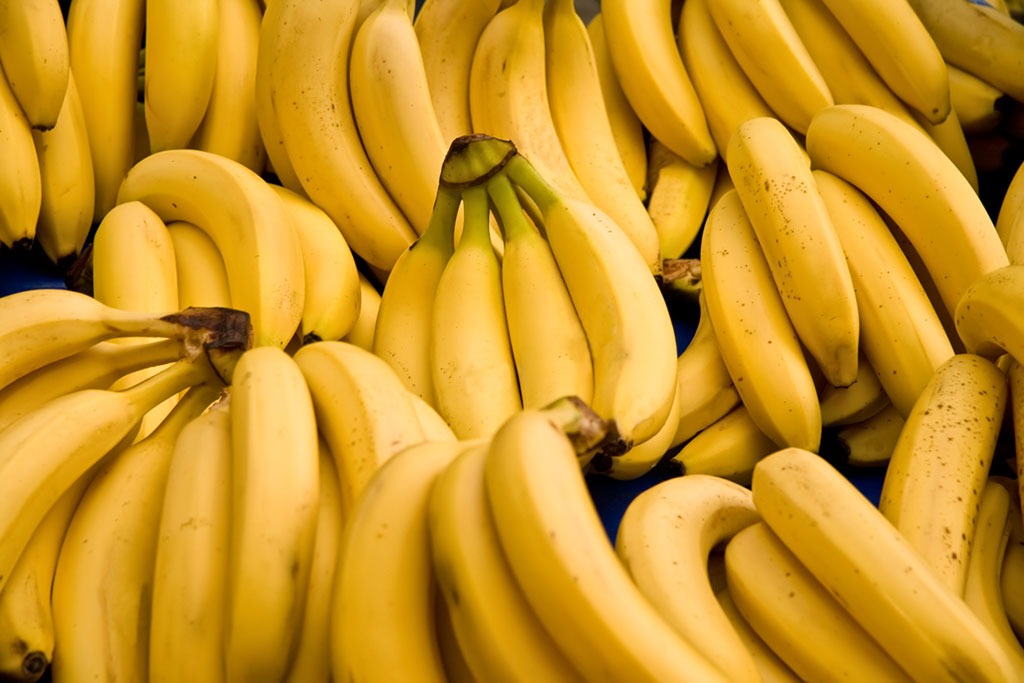
This diet is defined by eating just one food, like only bananas or only baked potatoes.
Bottom Line: “Just, no!” exclaims Bella. “This diet most famously involves eating only bananas. First of all, one banana has about 110 calories and 30 grams of carbohydrates; that’s equal to two slices of bread. Eating more than two bananas a day would put you over the daily sugar limit, according to the Dietary Guidelines for Americans. Eating 50 bananas may lead to hyperglycemia, sugar spikes in the blood, and eventual weight gain. By only eating one food, you are depriving your body of essential macro and micronutrients and putting your metabolism off balance.” Bananas are pretty great—there are 21 Amazing Things That Happen to Your Body When You Eat a Banana—but that doesn’t mean you should live off them.
Scorecard: 1
Blood Type Diet

Founded on the principles of a naturopathic doctor, the diet recommends plans for each blood type.
Bottom Line: “Although many people swear by this plan, I find that those who follow it have a hard time eliminating certain foods forever. And I can hardly find a reason not to eat cantaloupe simply because of someone’s blood type,” says Bella.
Scorecard: 1
Military Diet
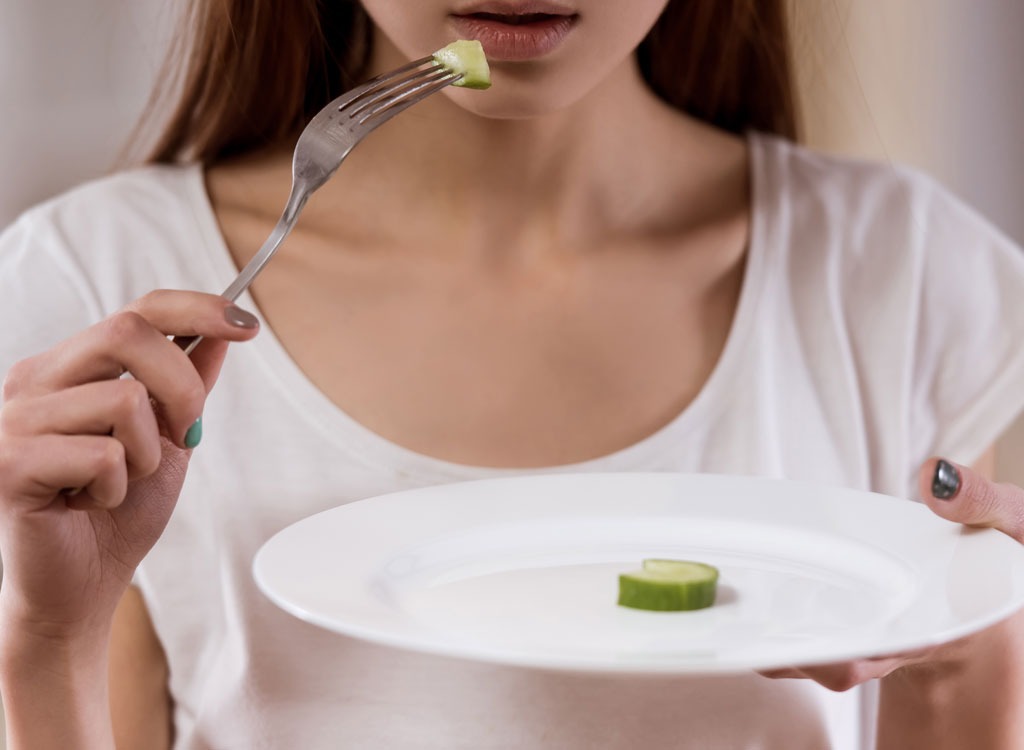
This diet claims you can lose up to 10 pounds in 3 days. (Ahem: You know what they say about things that sound too good to be true.) Each of the meals are clearly defined—think 1 cup of cottage cheese, 1 hard boiled egg, and 5 saltine crackers for lunch—and all are very low in calories.
Bottom Line: “This is a silly, low-calorie diet that basically just revolves around a calorie intake of 1,000 calories per day or less,” says Whiteson. “You will lose weight following this plan but it is really lacking in quality protein, fruits, vegetables, whole grains, and good fats! It’s like the diets of the 1950-60’s. It’s a gimmick.” If losing 10 pounds is your goal, though, familiarize yourself with these 10 Rules to Follow Every Day to Lose 10 Pounds instead.
Scorecard: 1
Dissociated Diet
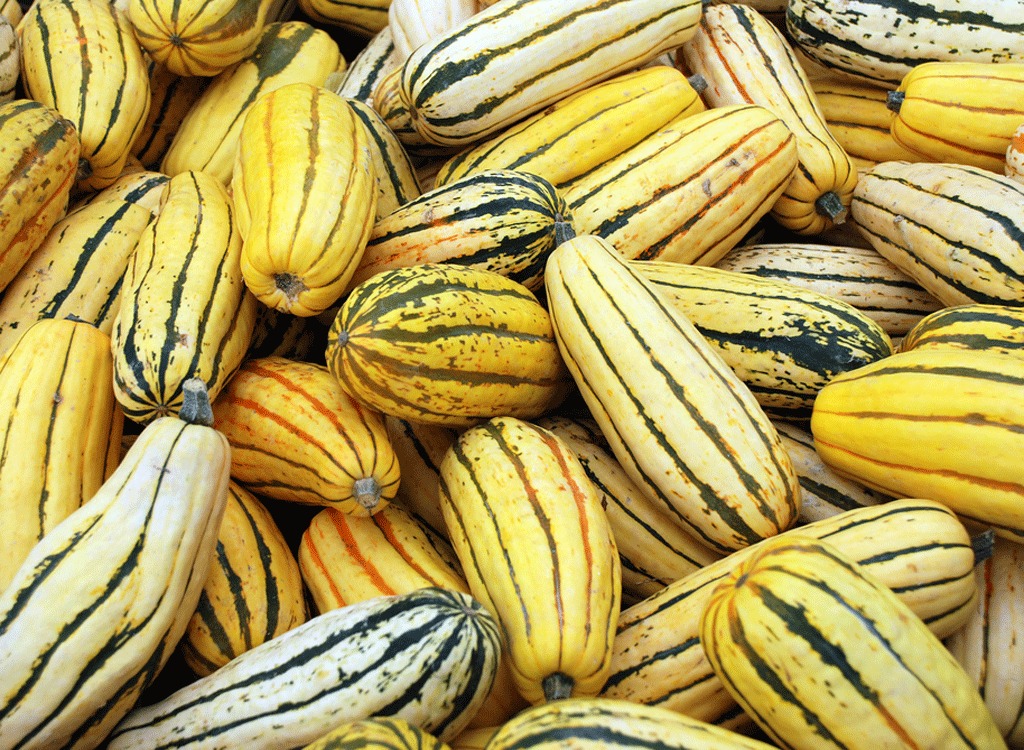
With this diet, you’ll eat just one type of food each day. For example: one day only poultry; the next day only vegetables without oil or spices; the next day any type of dairy product; etc.
Bottom Line: “The issue with this diet is that it claims to ‘reshape your metabolism’ and ‘improve digestion’ because of the ‘food combinations,’ however, there is no scientific evidence to back up these claims,” says Bella. “In general, we know what nutrients are important for overall health and that your body requires a certain ratio of carbohydrates, protein, and fat to function optimally and stabilize your blood glucose levels to aid in weight loss. This diet is unbalanced and deficient in essential nutrients. It doesn’t put restrictions on saturated fat or refined grains. This pattern is not sustainable or enjoyable and may cause fatigue due to varying blood sugar levels.”
Scorecard: 1
The Wild Diet

This diet is similar to the Paleo diet in that it promotes natural foods that are found ‘in the wild.’ It was founded on one man’s personal weight loss journey, in which he found that he had lost weight eating ‘the way his grandparents ate,’ which included high-fat foods and animal products.
Bottom Line: “This may work in terms of weight loss for some people, but it fails to acknowledge the scientific evidence that we know aids in weight loss while simultaneously promoting health,” says Bella. “This diet controversially promotes drinking alcohol, eating fatty meats, salt, protein supplements, and artificial sweeteners like xylitol. While eating these things in moderation is generally okay, this diet may not be suitable for everyone.”
Scorecard: 1
Taco Cleanse
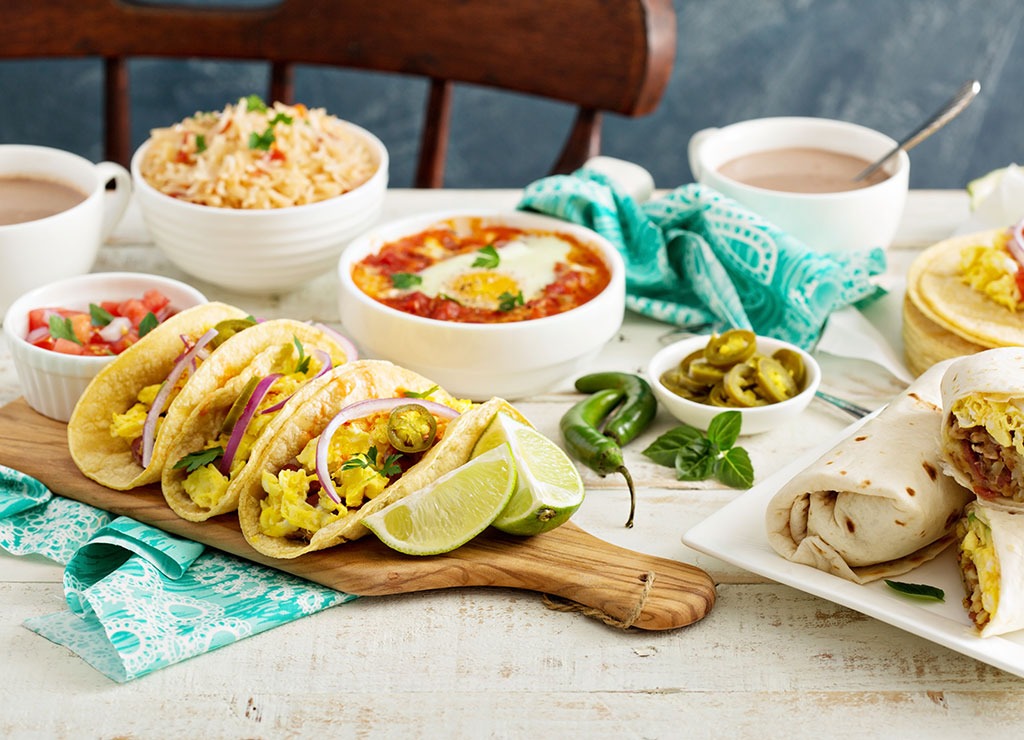
Believe it or not, the Taco Cleanse is a real thing. Based on the book The Taco Cleanse, which comes with five recipes for tortillas and over 35 vegan recipes for fillings, you’re meant to eat tacos for every single meal.
Bottom Line: “This is more like a comical recipe book; don’t let the name ‘cleanse’ fool you,” says Bella. “This is not a plan that promotes weight loss, and I definitely would not recommend eating tacos and tequila for every meal. The ultimate goal is not just to lose the weight, but to develop healthy habits for maintenance.” We are going to give it an extra half point, though, simply because it’s better than so many of the other 1-rated diets on here; if it’s a healthy taco, then you’re probably eating a decent balance of protein and veggies.
Scorecard: 1.5
Baby Food Diet

This plan replaces meals with up to 14 jars of baby food per day. The jars are supposed to be balanced with nutrients and gentle on the digestive system.
Bottom Line: This may work for the short-term, but the lack of flavors and texture will make it near impossible to maintain in the long run.
Scorecard: 2
Macrobiotic
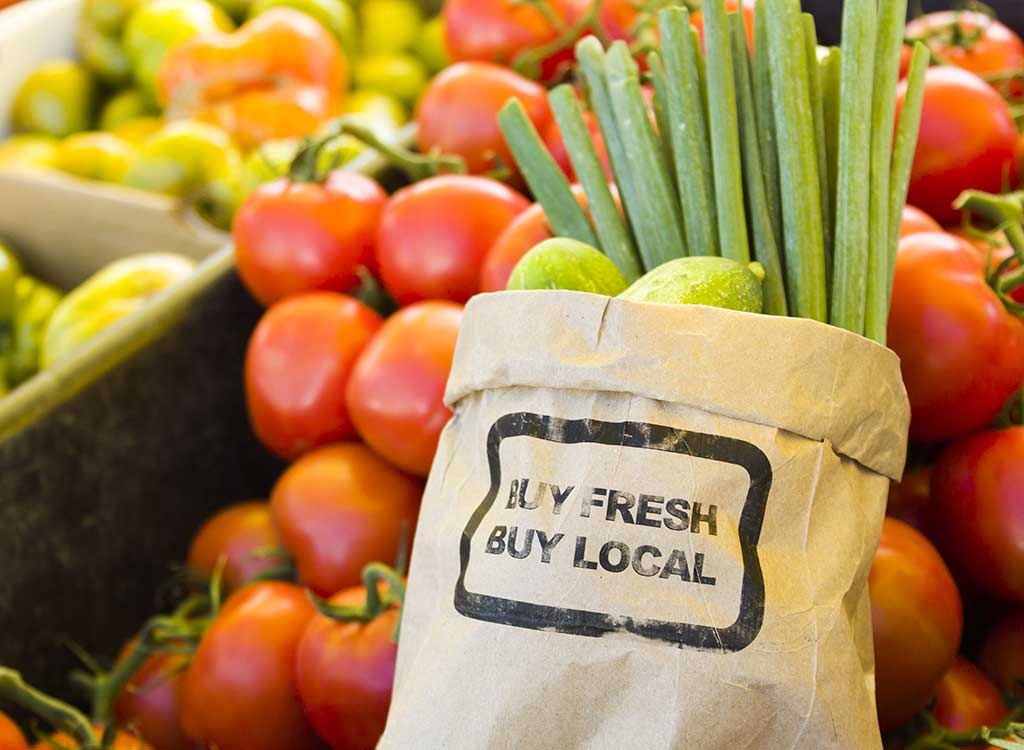
This diet aims to reduce animal product consumption and focuses on eating locally grown foods that are in season to limited chemicals in the body. It’s high in whole grains, beans, and bean products (think tofu), local and in-season vegetables, soups, sea vegetables, a little fish, a little fruit, and a few nuts and seeds. Water is the only beverage allowed.
Bottom Line: “The pros of this diet are that it promotes eating local, organic, and in-season, but it’s also very restrictive and doesn’t necessarily provide more health benefits than something like the Mediterranean diet, which is less restrictive,” says Bella. “Stress is one of the greatest predictors of chronic disease, so if you are struggling to be on such a restrictive diet, it’s probably not best for your health.”
Scorecard: 2
Dukan Diet
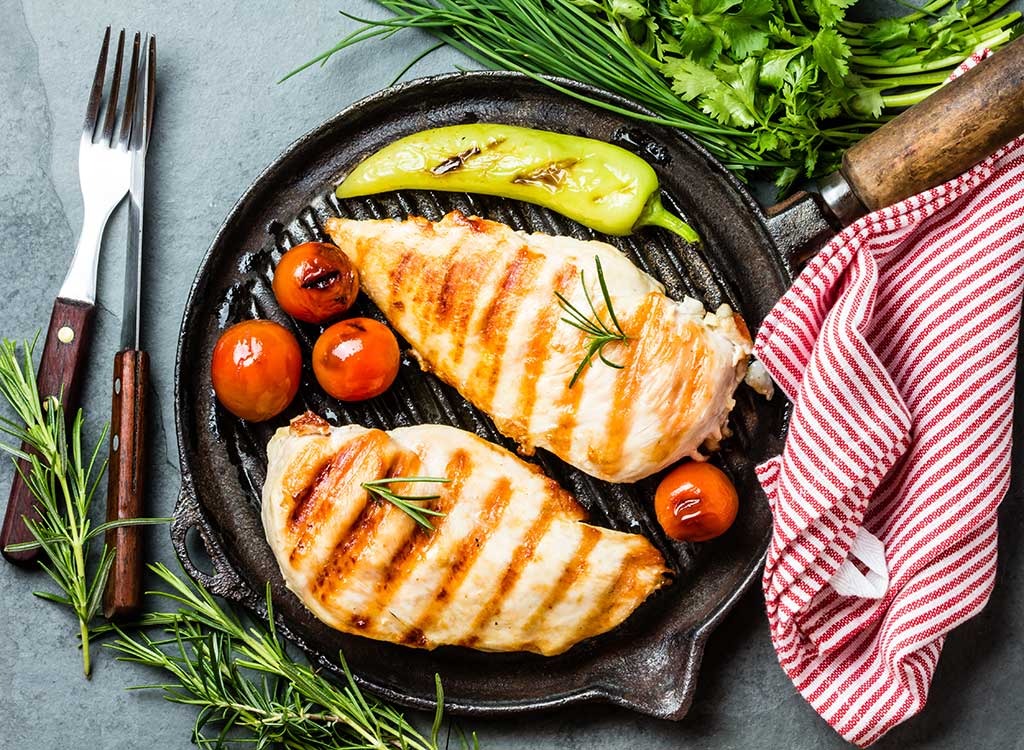
This is a four-phase weight loss diet: Attack, Cruise, Consolidation, and Stabilization. It includes lots of animal protein and is very restrictive with produce and starches in the initial phase. As the time progresses, more variety is allowed and the diet becomes a little more balanced.
Bottom Line: “The positive aspect of the Dukan diet is the protein, which has been shown to suppress hunger levels and help preserve lean muscle mass during weight loss. But I worry about restricting complete food groups as the ultimate result of ongoing, long-term restriction is bingeing,” says Bella.
Scorecard: 2
Ketogenic Diet
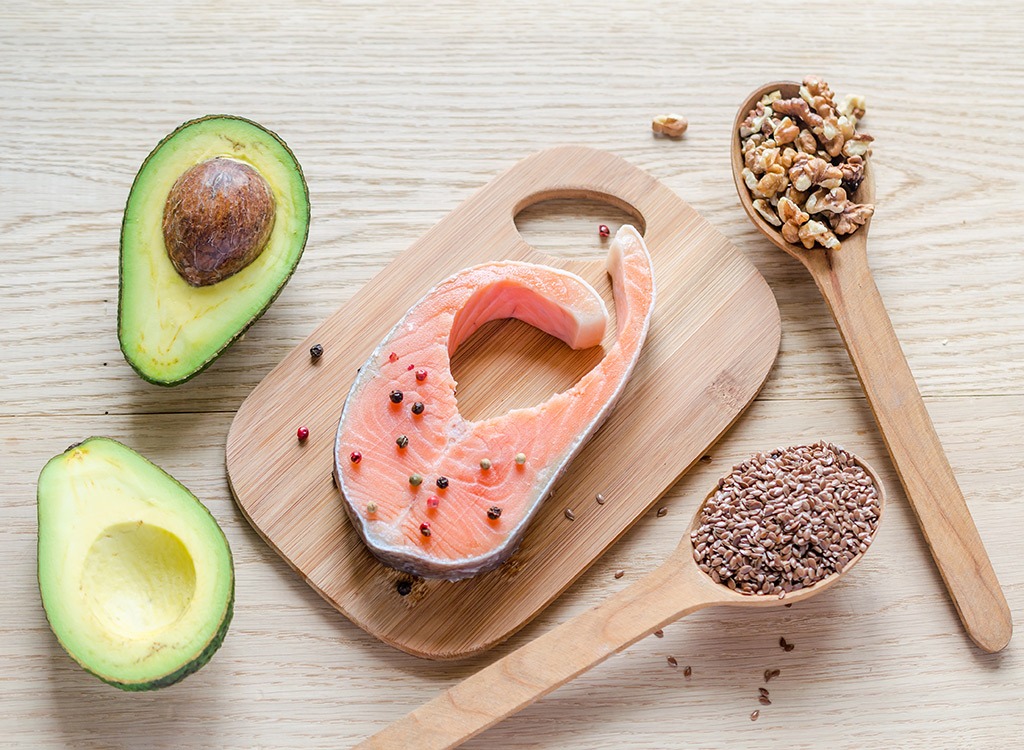
This is a very low-carb, high-fat diet that involves drastically reducing carbohydrate intake and replacing it with fat. The standard breakdown is 75 percent fat, 20 percent protein, and only 5 percent carbs. The idea is that this dramatic reduction in carbs will put your body into a metabolic state called ketosis when it will become more efficient at burning fat for energy.
Bottom Line: “Scientific evidence has proven the ketogenic diet is best for controlling epilepsy in children,” says Bella. “It’s a high-fat, adequate-protein, low-carb diet that forces the body to use lipids as fuel instead of carbohydrates. This diet is not beneficial for weight loss as it is high fat and may only be heart-protective if fat is limited to unsaturated fatty acids and omega-3s. Exercise should also be part of a healthy lifestyle and the Ketogenic diets often leave people too tired and cranky.”
Scorecard: 2
Raw Vegan
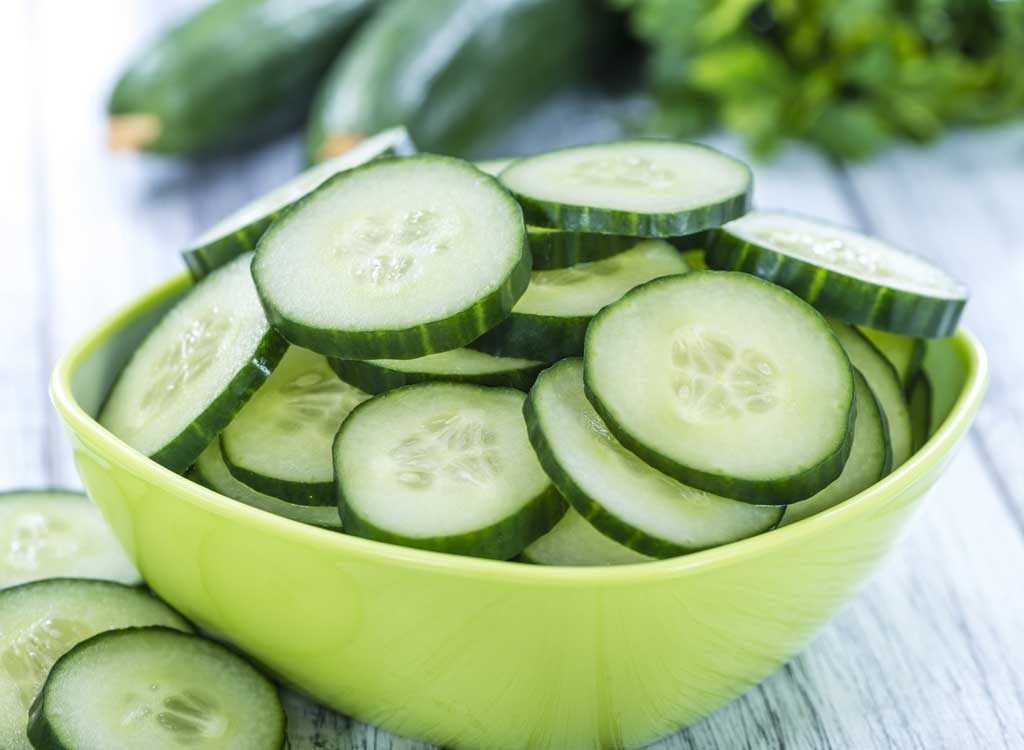
This diet is very similar to a vegan diet—but in addition to not consuming any animal products or by-products, nothing consumed can be heated above 104 F. The idea behind not heating foods above this temperature is that you maintain the nutritional integrity of the foods you’re consuming. However, while this is true in some cases, some foods actually are more nutritious when cooked. “Cooking breaks apart fiber and cellular walls and releases nutrients that would otherwise not be available to us,” explains Whiteson. “For example, cooking carrots releases beta-carotene and cooking tomatoes releases lycopene and our body is better able to absorb these nutrients when cooked. Cooking spinach makes iron and calcium more available for us to absorb, too.” Intrigued? Learn more about How to Extract the Most Nutrition from Your Food!
Bottom Line: “I think one should do both: consume cooked and uncooked foods to get the best of both worlds. One must be very careful to get in B12, iron, zinc, and omega-3 fatty acids with this diet. Another downside to this diet is that some people eat too much fruit and get tooth erosion,” says Whiteson.
Scorecard: 2.5
Whole30

Whole30 is a 30-day clean-eating program designed to reboot your metabolism. All processed foods, grains, dairy, legumes, alcohol, and added sugar are banned, including maple syrup, honey, agave nectar, coconut sugar, and stevia. The diet is all-or-nothing, meaning if you crack and eat a piece of cake, you have to start the Whole30 days over again.
Bottom Line: “Eliminating entire food groups is too extreme and the program is only meant to last for 30 days. A great diet should be for 365 days and include important food groups!” exclaims Janine Whiteson, MS, author, and nutritionist. “This diet does encourage eating lots of veggies, which is really its only saving grace.” While Whiteson dubbed it a 2, we at Eat This, Not That! gave the clean eating plan an extra point because discovering your dietary restrictions—and figuring out what works or doesn’t work with your body—is the foundation of the program. If doing Whole30 is what helps you discover that you can or can’t tolerate certain foods or amounts of it, then we think the temporary experiment is worth the life-changing revelation, weight loss or not.
Scorecard: 3
Paleo Diet
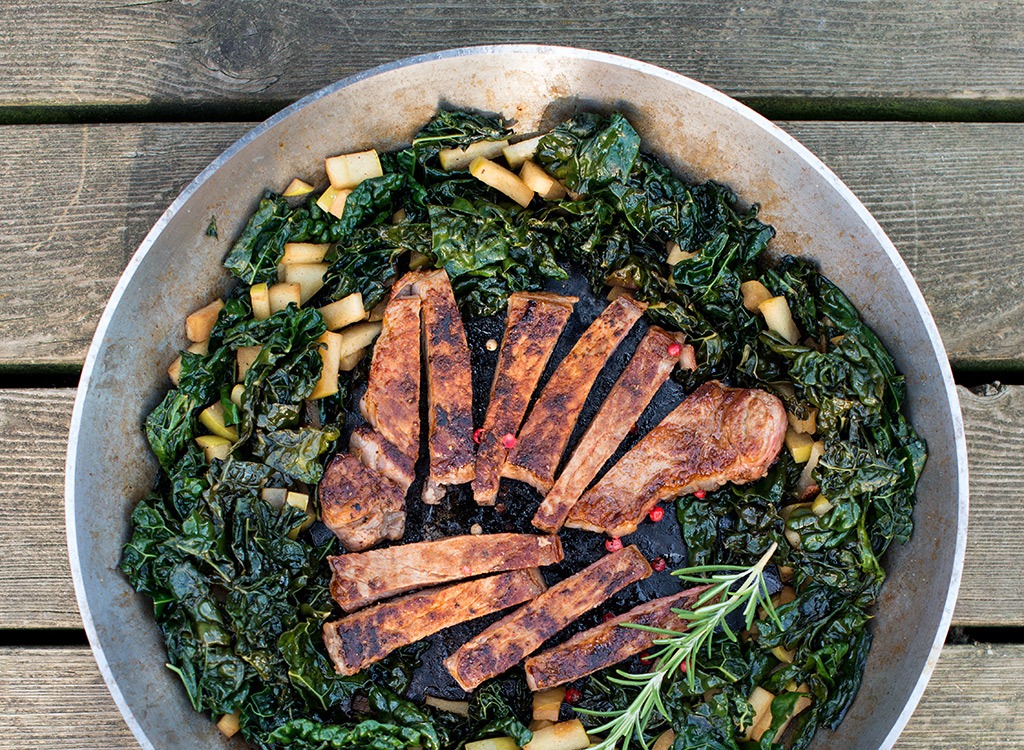
This diet focuses on consuming foods that were eaten hundreds of thousands of years ago. It’s heavy on lean meat, fruits, vegetables, seafood, nuts, seeds, and healthy fats. Dairy, grains, processed food and sugar, legumes, starches, and alcohol should all be avoided.
Bottom Line: “Overall, the diet is not backed by science and the few existing studies are not conclusive about the benefits of this plan,” says Bella. That said, she likes that it eliminates many processed foods and encourages increased consumption of protein and produce, but she notes that it doesn’t regulate fat consumption—and the total amounts of fat consumed end up being too high for most females. Calcium deficiency may also be of concern. “We can get all the necessary calcium from dark leafy greens, nuts, fatty fish, and other foods, but people need to be cautious to incorporate those on the daily basis. Lastly, there are now many Paleo bars and packaged products, which sorta defeats the original purpose of the diet. I would suggest relying on real food instead.” Whiteson adds that any diet that completely eliminates whole food groups is a setup for binge eating and the risky all-or-nothing mentality.
Scorecard: 3
The Zone
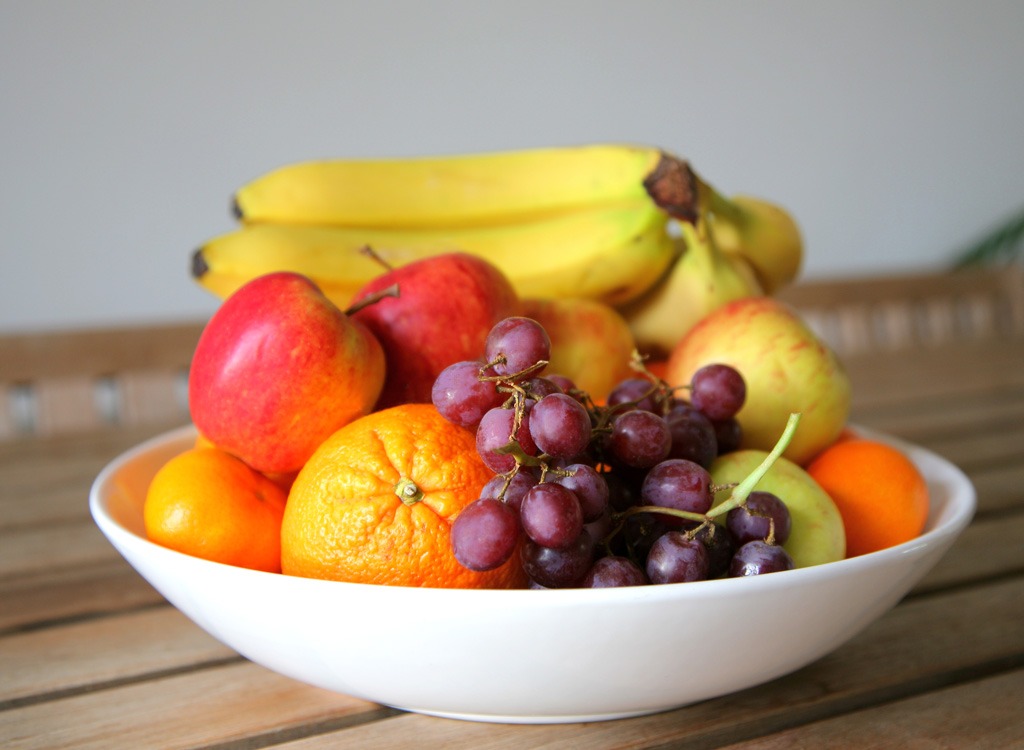
With The Zone, your diet is meant to be broken down as follows: 40 percent carbs, 30 percent protein, and 30 percent fat. While no food is completely banned, carbs likes bread, pasta, and grains are meant to be treated like condiments so that your diet is predominantly protein and fat. Vegetables and fruits are the mainstays of this diet. It’s very low in calories; the recommended daily caloric intake for women is 1,200 calories and 1,500 calories for men. Speaking of protein, don’t miss our list of 30 High-Protein Foods for Metabolism—Ranked.
Bottom Line: “My thought is that you will probably go hungry (especially if you exercise) on this diet plan,” says Whiteson. “Another downside is that it’s a very regimented food plan for the day. It claims to speed up your metabolism but there has been no proof that it actually does this. While it’s great that it emphasizes vegetables and fruit, it’s not ideal for long-term weight loss and maintenance.”
Scorecard: 3.5
South Beach
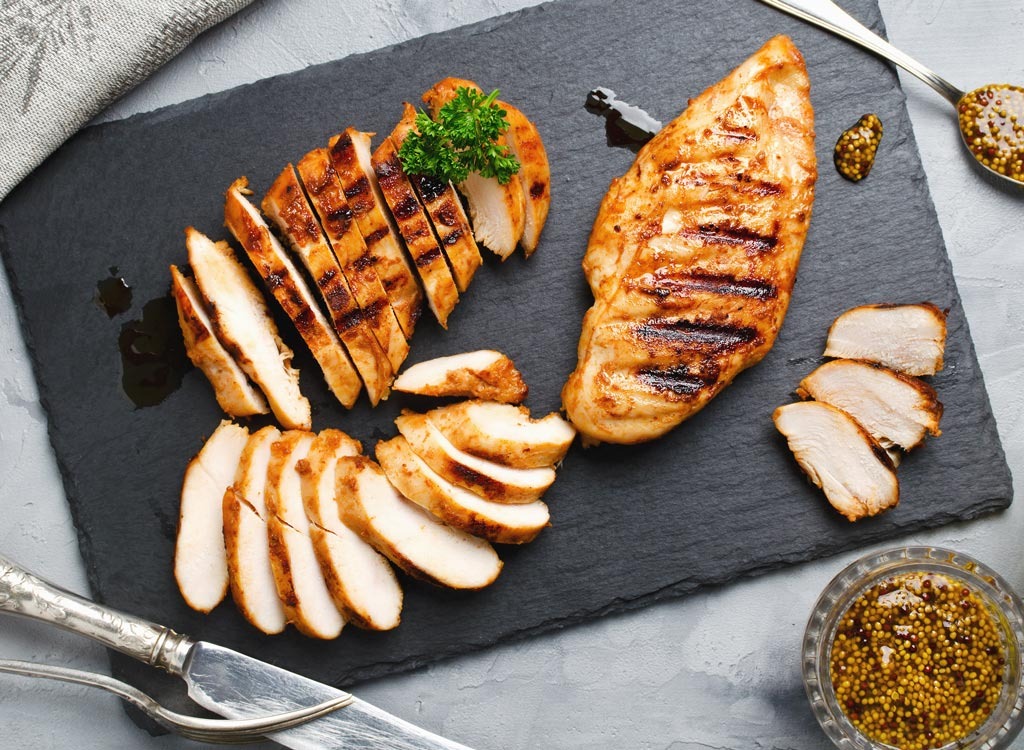
This diet aims to prevent blood sugar spikes for weight loss by relying on lean protein and heart-healthy fiber. It involves different phases to help you slowly adjust until you reach your target weight.
Bottom Line: “My concern with this diet is when people think that staying in the initial phase will help them rapidly drop those pounds and they never complete the program because they get worn out too soon,” says Bella. “It’s important to progress through the stages as instructed. Also, note that the initial stage eliminates almost all carbs in order to reduce the cravings, but may leave many active people too weak to exercise.”
Scorecard: 4
DON’T MISS: 10 Best Carbs for Breakfast
Flexitarian
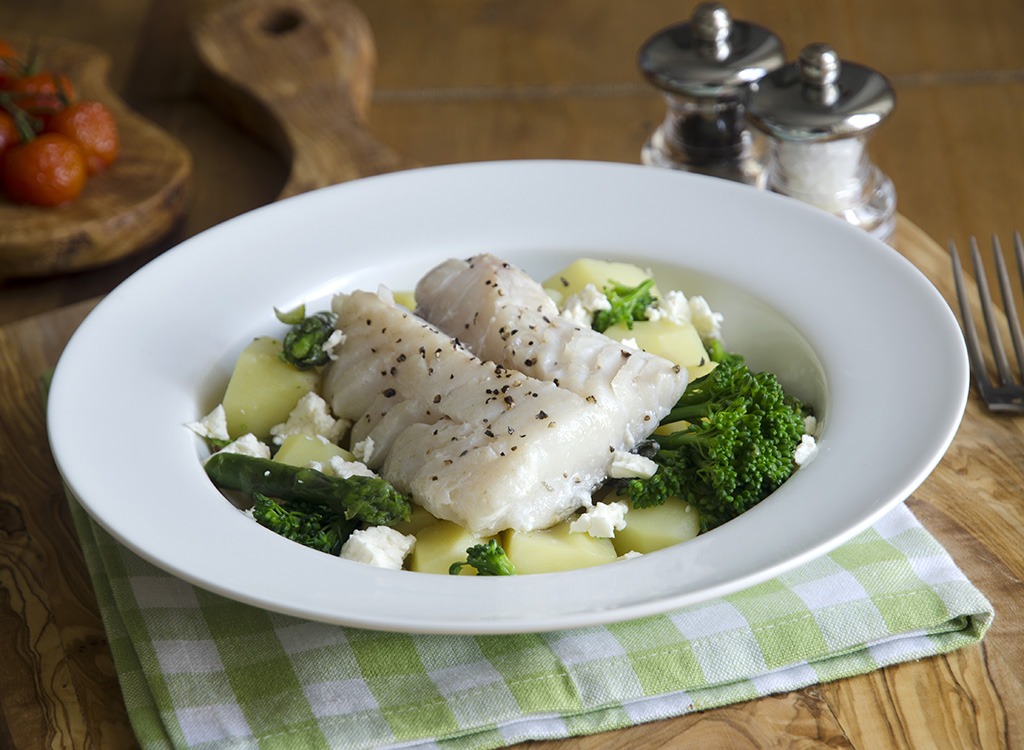
With a flexible take on vegetarianism, a person on this diet will eat mostly vegetarian—but on occasion will have meat or fish.
Bottom Line: “A benefit of this diet is that it helps you to incorporate a ton of vegetables and plant protein sources without feeling deprived, if you do it right,” says Bella. “A lot of people who eat vegetarian or flexitarian tend to eat more grains, processed carbs, and sugar because there are no strict guidelines on unprocessed foods and vegetarianism. Incorporating eggs, yogurt, and fish every now and then is super beneficial for their omega-3s, probiotics, iron, biotin, and essential amino acids that plant proteins may not have.”
Scorecard: 4
Weight Watchers

With Weight Watchers, every food gets a ‘SmartPoints value’ that’s based on calories, saturated fat, sugar, and protein. Just stick to your budget and you should start seeing results. The idea is that it teaches you how to eat and take in fewer calories without going hungry, allowing for long-term results.
Bottom Line: “Weight Watchers is flexible and can work within your lifestyle; no foods are off limits,” says Whiteson. “The only downside is that some people find it pricey and find that counting the points is tedious. It has several different plans to choose from based on your goals and the online or in-person meeting set up offers dieters a tremendous amount of support.”
Scorecard: 5
Mediterranean Diet
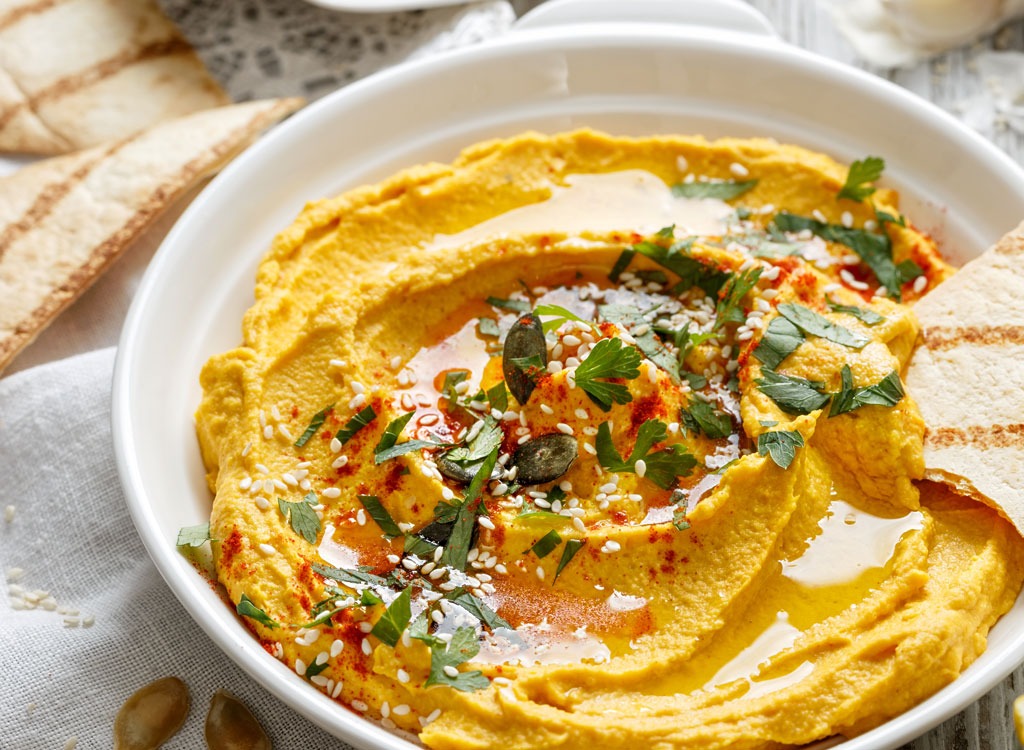
This diet is based on the traditional diet found in Mediterranean countries. It focuses on vegetables, fruits, whole grains, legumes, lean protein, and olive oil.
Bottom Line: “This is one of the healthiest diets and also happens to be low in salt,” says Whiteson. “The proteins come from lean sources and less from red meat, which contains plenty of saturated fat. Red wine is also allowed in moderate amounts. This is a wonderful diet for heart health, it’s cancer protective, it’s filling, it has been known to lower blood pressure, help with diabetes, decreases inflammation, help with depression, and also happens to be delicious, nutritious, and well-rounded.” Start incorporating more Mediteranean ingredients into your meals with the ideas listed in our article 15 Mediterranean Diet Swaps for Your Go-To Meals.
Scorecard: 5
